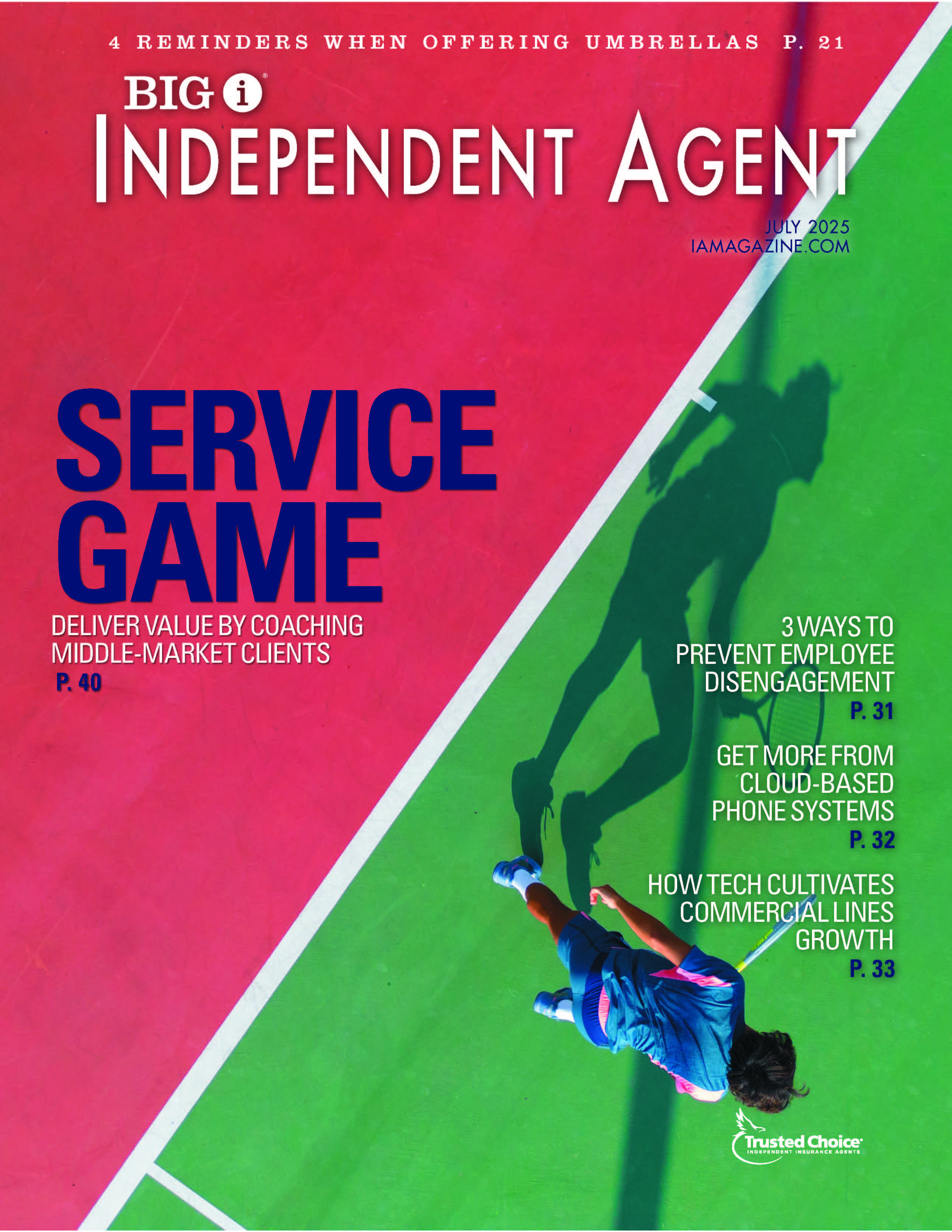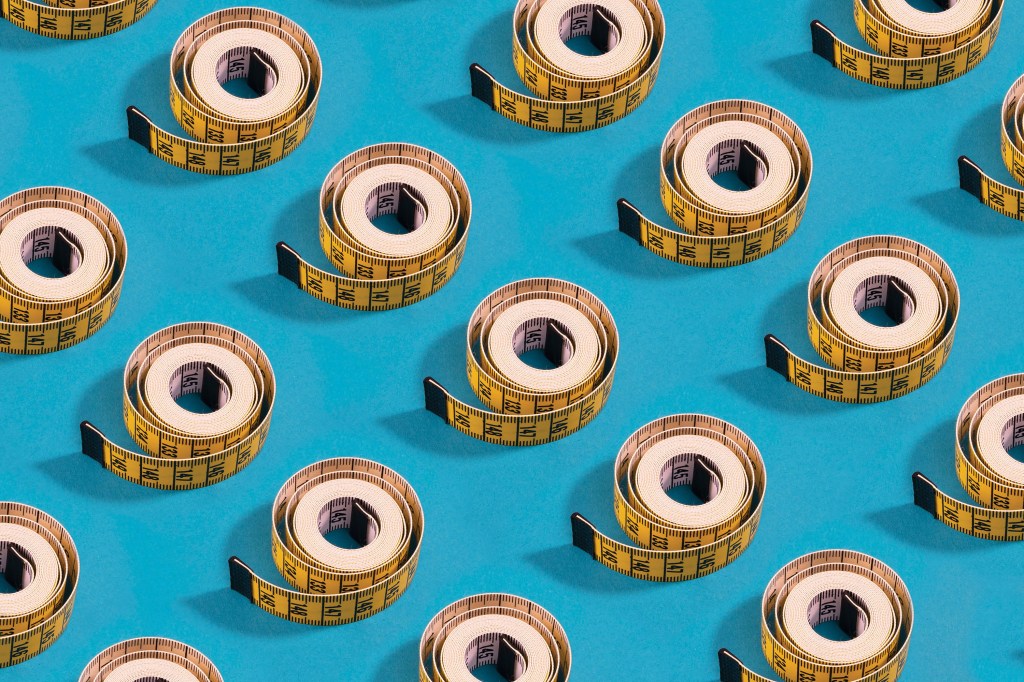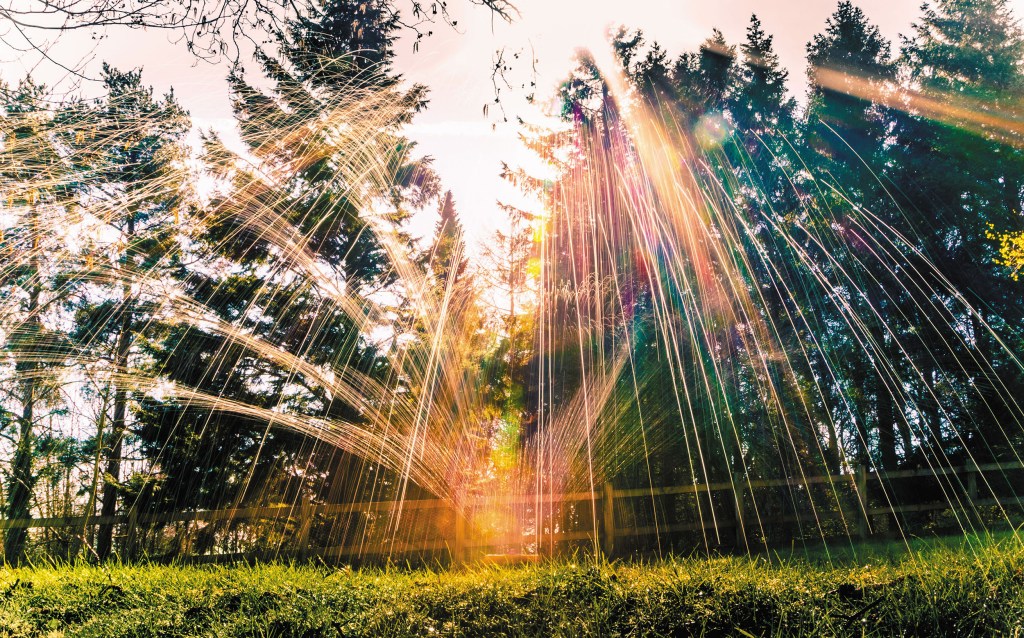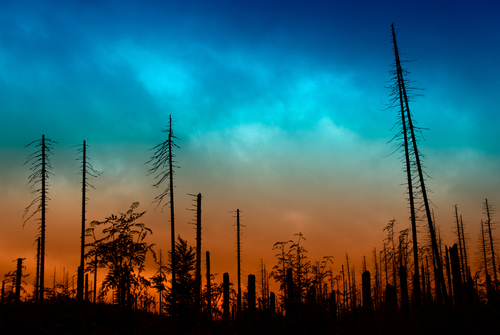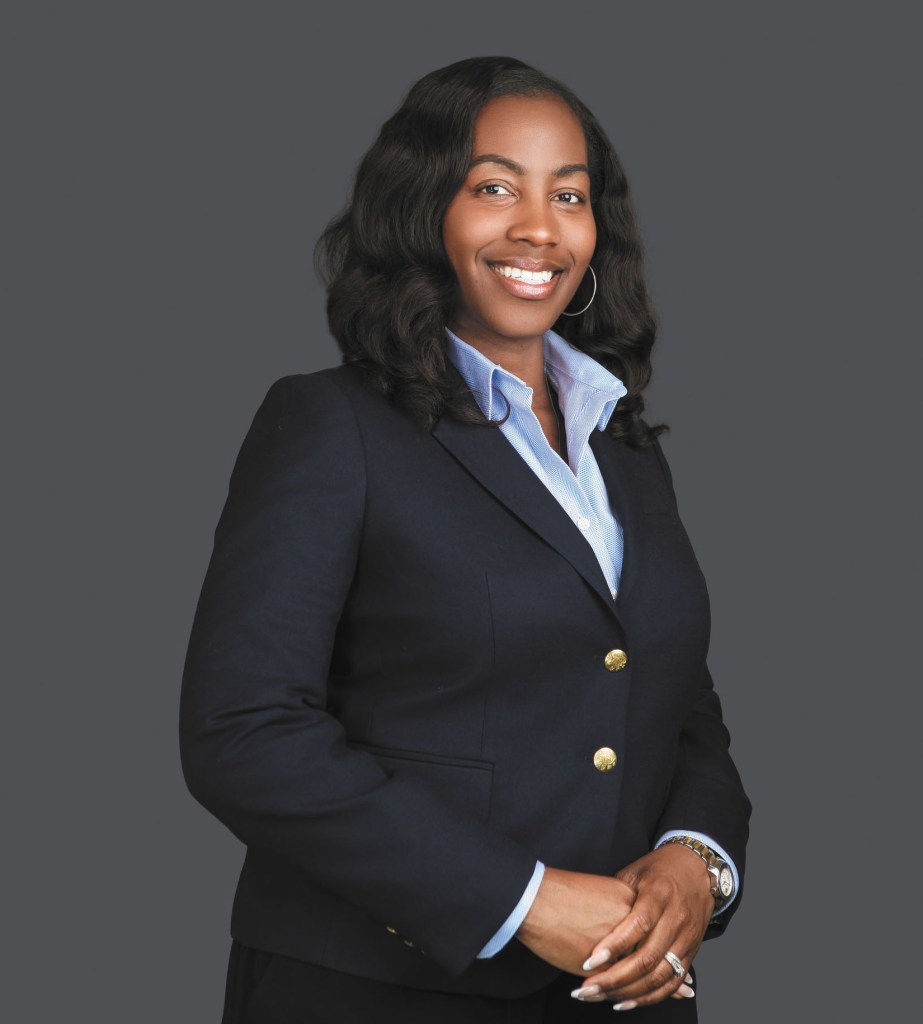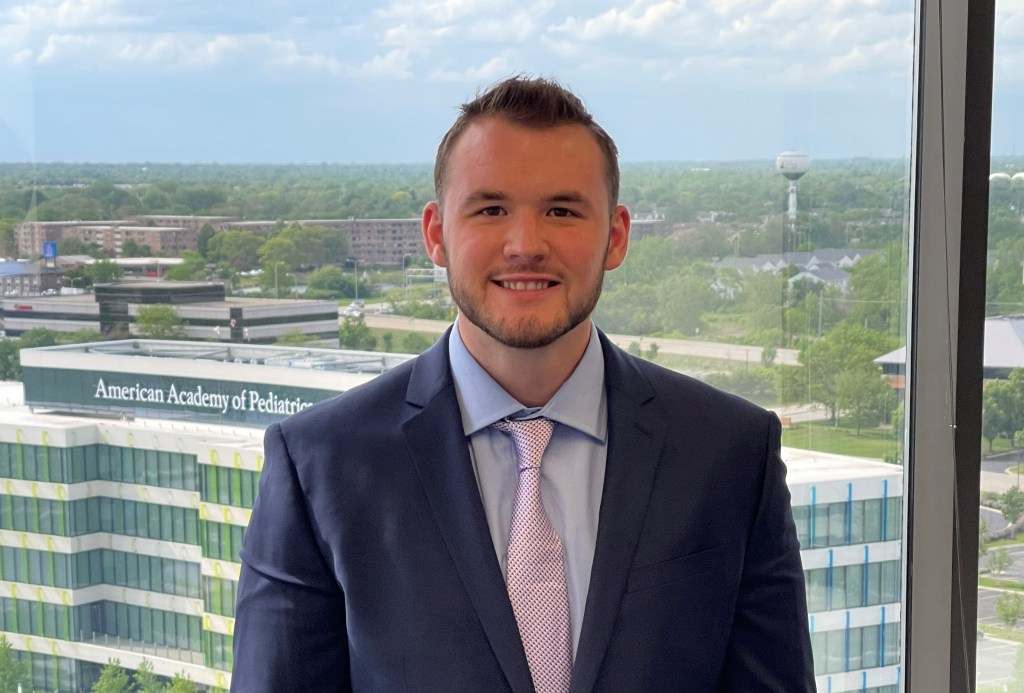4 Nontraditional Places to Look for Media Liability Business

By: Jacquelyn Connelly
Today’s media liability insurance landscape is practically unrecognizable from what it looked like at the turn of the century.
As online platforms become “more integrated into how we communicate on a day-to-day basis,” says Jason McDonald, media liability product manager at Philadelphia Insurance Companies (PHLY), “you’re going to see more opportunities from an agency side to sell media liability insurance.”
It’s been years since media liability’s core client base was newspapers and magazines. “Nowadays, we’re seeing things like electronic video game competitions and interactive marketing companies. Instead of doing brochures and posters, they’re setting up virtual reality experiences for people who want to test their product out,” McDonald points out. “The risk is basically the same, but the medium and the means of delivery are upgrading.”
In the years ahead, digital channels will only continue broadening media liability exposure for all types of clients. Take advantage of the opportunity by prospecting for this business in nontraditional places, including:
YouTube. One up-and-coming risk OneBeacon Entertainment has its eye on is “influencers”: social media personalities, often young adults and teenagers, who amass enormous followings via personal videos in which they discuss everything from makeup tips to mental health issues.
“Advertisers come to them and pay to advertise because they get so many followers,” says Regina Williams, vice president at OneBeacon Entertainment. “Their parents are involved and they have a lot of good things going on, but they’re now looking to get media coverage.”
The blogosphere. Compared to 10-20 years ago, “there are now different modes of content dissemination,” says Lou Scimecca, senior vice president, media/entertainment product manager, AXIS Capital. “You’ve got to make sure not only is the content you’re producing and disseminating covered, but that it’s covered in all forms and modes.”
Blogging is a perfect example of how content distribution has evolved over the years. Whether it’s an individual with a personal blog or a small company that runs a blog site or two, is that exposure covered under a homeowners or general liability policy?
“There’s a lot of grey area,” Scimecca explains. “They might have to approach their insurer to get their interpretation, and once they get that interpretation, the question becomes, ‘What is the extent of media coverage?’ Is it going to be robust? Likely not.”
Your backyard. Williams encourages agents to “look in their own community locally. Is there a local newspaper that maybe isn’t owned by a huge conglomerate? Do they have media liability coverage? What about a local community college that has a radio station or a television station, or a school paper that maybe is not covered under the school?”
Local elections present another prospecting opportunity, Williams adds. “While running for office, that person could have public speaking engagements, and they’re making commercials and doing advertising,” she points out. “They might be interested in a media liability policy because they’re creating content that goes out to the public.”
Contracted clients. PHLY is seeing a rise in contract-driven business as more commercial entities become aware of growing media liability exposures. “They’re going out of their way to include insurance requirements in contracts they have with vendors, contractors or clients,” McDonald explains. “It’s comforting to see that type of awareness out in the various industry silos—it means people are paying attention.”
It also means more prospecting opportunities, McDonald adds: “It seems to be becoming much more prevalent that client ABC has a contract with somebody, and they have a media liability requirement wrapped up in there as well. Obviously that presents opportunity for the agent community to seek out additional clients.”
Your current book. To determine whether you have media liability prospects within your existing book of business, McDonald suggests asking a few questions about each of your current commercial clients: How does this insured advertise what they do? What is their social media involvement?
“It really depends on whether their general liability policy is covering some of these things, or does it exclude personal injury and advertising injury?” Williams points out. “Anybody that’s creating content—and because of social media and because of the internet, there are a lot of people creating content—may not realize that is an exposure. Even the content you put on your website is considered advertising.”
“No business operates under a rock, completely oblivious to what everybody else is doing. You have to advertise yourself. You have to promote your entity in order to gain clients, gain business, gain revenue,” McDonald agrees. “How an insured communicates to the world is really going to dictate what their media liability needs may or may not be.”
Jacquelyn Connelly is IA senior editor.
